Erase or Embrace?
Korn Ferry CEO Gary Burnison on how leaders should determine which practices, ideas, and strategies should stay—or go.
By Gary Burnison
Gary Burnison is CEO of Korn Ferry and the author of Love, Hope & Leadership: A Special Edition.
My favorite college professor taught geology, with a true passion for taking ancient rock formations and bringing them to life. Obsessively scrawling notes and diagrams on the blackboard, he practically consumed chalk—covering his clothes, hands, face, and mouth. And every time he said the words “metamorphic rock” or “tectonic shifts,” a sea of white dust showered the first row of students.
He erased the board over and over to put down more notes. No matter how much he wiped the surface, though, his old writing still showed through. The eraser simply couldn’t keep up with the chalk and all the remnants left in its wake.
As leaders, we continually face this same challenge—operating at the intersection of past and present.
The image seems particularly timely. Fall whispers are upon us. But when we capture the sentiment of the season, we really don’t quite know if it’s economic fall or spring—but it’s definitely not summer, and it’s not winter.
So, is it time to erase—or embrace? The answer is yes!
We need to erase what’s holding us back so we can embrace what moves us forward. It’s like the dichotomy we find in the old saying—the same boiling water that hardens the egg softens the potato.
Leadership, like life, is cyclical. Along the way, there are numerous inflection points for discerning what to erase and what to embrace. Here are some thoughts:
Erasing. These days, leadership means wiping the whiteboard. Only the most indelible marks will always remain. The challenge, though, is seeing what should stay or go.
Our firm’s data bears this out. In analyzing nearly 110 million assessments, we’ve found that 80% of professionals carry at least one blind spot. And our biggest blind spot today is getting stuck in the past, defaulting to the way things used to be. This is the kind of myopia that can derail progress.
Embracing. The world is changing—are we? It’s not enough to merely deal with ambiguity. Leadership is all about actively embracing change.
Adjusting deftly. Adapting constantly. Moving with flexibility and agility. And always with unshakable belief—in our mission and purpose, in others and ourselves.
Leadership is a calling to actualize and contextualize. As we shift our mindsets and literally expand our thinking, we can create the next path … the next gateway. And that’s where we can find our own passion.
One thing to say the words, though, and quite another to believe them—and even more to live them.
As leaders we need to ask ourselves: Are we keepers of the past, ambassadors of the present, or emissaries for the future? Are we simply historians of what was—or heralds of what will be?
Surprisingly profound, these questions are rooted in psychology: from resistance to change, preference for the status quo, and fear of an uncertain future—to the comfort we find in old habits, rituals, and patterns.
Fortunately, the geology professor can teach us a thing or two. Although he taught a subject as old as you can get—literally older than dirt—ironically, he was not stuck in the past. He could go back endless eons and enliven all of it with excitement—and context for the world today.
As leaders, we too must always anticipate and adapt to the next season. I can remember when I was a kid, growing up in the Midwest. The first chilly morning triggered a whole new set of routines. Replacing screen doors with storm doors. Switching from summer tires to winter tires. Checking the furnace to make sure it was winter ready. And stocking the shelves with staples.
The old days are fine to reminisce about, but we can’t stay there.
Today, we’re in a different cycle, a different climate. Now is the season to erase what keeps us set in stone and embrace what moves us forward.


